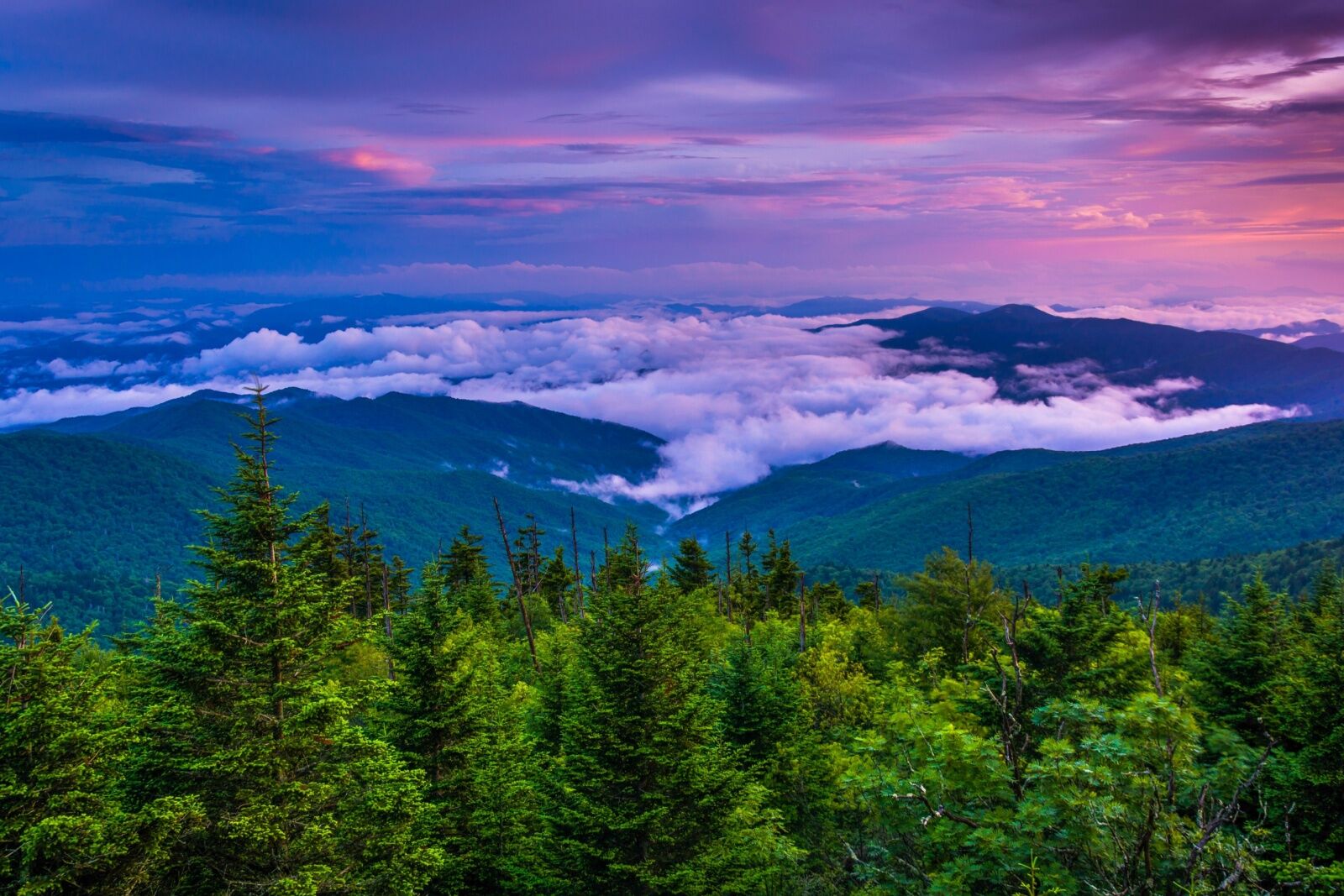A new report from the National Park Service (NPS) analyzed the economic impact of National Park Service sites across the US and found which parks generate the most income for local communities. And the takeaway is that having an NPS site near your town is almost guaranteed to bring in big bucks.
The report, entitled “2023 National park visitor spending effects: Economic contributions to local communities, states, and the nation” and released in late August, details the economic impact of the 429 sites manages by the National Park Service, of which 63 are national parks. (Since the report was issued, two new sites have fallen under NPS management). It considered factors like the number of jobs created and supported by the park and the economic contribution the park’s visitors made to gateway economies (towns closest to park entrances). It’s important to know that this is different from how much money the park itself makes directly from visitor revenue, though the former National Park Service director has said that national parks make more money for the government than they get back.



